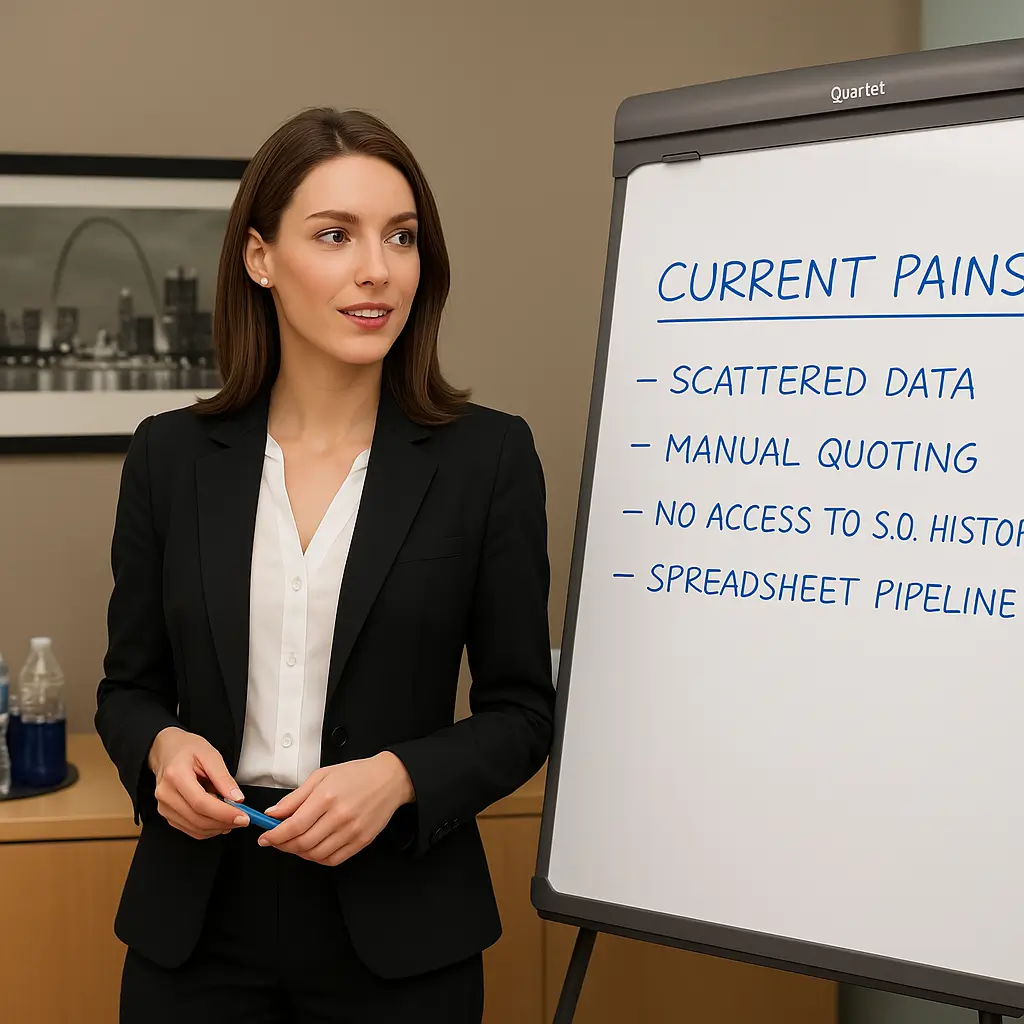 The way in which CRM leads can be scored has come a long way.
The way in which CRM leads can be scored has come a long way.
Before marketing automation became popular, lead scoring in CRM was a calculation based on user-maintained values in various fields. For example, if a salesperson selected “Hot” from the Rating picklist field, this would increase the score for the lead.
In this post, we wrote about examples of explicit lead scoring.
One problem with this type of lead scoring is that it’s after-the-fact. In other words, a salesperson could spend a lot of time trying to contact a lead, manually research a lead’s demographics & firmographics and then update a lead’s data fields — only to determine that the lead is in fact, someone who is very unlikely to purchase a product or service.
Marketing Automation System Lead Scoring
When marketing automation (MA) systems came along, lead scoring became a function of not only demographic and firmographic behavior, but also of a website visitor’s behavior.
A good example of where MA lead scoring works well is if a site visitor watches more than a certain percentage of a specific video, the visitor’s lead score goes up. In Pardot’s scoring rules for example, if a visitor watches over 75+ of a Wistia video, a certain number of points can be automatically added to their lead score.
This is very useful engagement information for a salesperson. Depending on the video content, there may even be strong correlation between percentage of the video watched and the likelihood of that visitor to ultimately convert to a customer. However, this metric normally won’t be a strong indicator of how much the visitor’s company will ultimately spend if they become a customer.
A downside to MA lead scoring is that visitors who view a large number of pages on your website will typically get points added to their score. The more pages viewed, the higher the score. But visitors with this type of behavior may simply be “lookie loos” who will be very unlikely to convert to customers.
Neither of of the above lead scoring methods factor in external intelligence about the site visitor or the visitor’s organization.
Enter Predictive Lead Scoring
Predictive lead scoring has turned lead scoring into a science – literally. Companies like Infer have hired PhD-level data scientists to automatically scour the internet for relevant data points.
According to Infer, “predictive lead scoring is an automated, data-driven way for businesses to determine which prospects are most likely to convert, and which are going to have the biggest revenue impact.”
If a site visitor who converts to a lead enters their corporate email address, a lot of signals can be gathered based on the visitor’s domain. Just a few example of these signals are: employee count, social presence, website traffic, job postings — and even which technology vendors the visitor’s company uses.
As an edge case example, if your company sells a Google Apps add-on, a lead whose organization uses Office 365 won’t purchase your product unless you can get them to convert to Google Apps.
In more standard cases, the information can be used by salespeople to focus their efforts on the marketing qualified leads that are most likely to convert to customers and/or be most likely to generate high revenue. Also, marketers can determine which drip programs to add leads to or who to target for upcoming events.
Predictive lead scoring is also a win for site visitors. If a visitor is not a well qualified buyer and was simply kicking tires, they’ll receive fewer email communications and phone calls — or none at all.
Another predictive lead scoring vendor is Fliptop. On the surface, Fliptop’s offering has a lot in common with that of Infer’s. If sales intelligence applications are any level of indicator, the difference between these vendors may be in the accuracy of their data.
What Internal Systems Are Need to Support Predictive Lead Scoring?
Predictive lead scoring systems can work in conjunction with CRM only or they can work in tandem with both a CRM system and a marketing automation system.
If a lead is created through even a basic lead form (vs. through an MA system form), the email address can be used to reach out into the world of big data and pull back a score into the CRM system. Existing CRM records can also be back-filled with a predictive lead score.
The benefit to having both a CRM system and a marketing automation system in place is that marketers can much better leverage the predictive score via MA system functionality.
While the vendors don’t explicitly state the following, it seems as though the pre-supposition of predictive lead scoring is that an organization generates a high volume of leads relative to the size of its sales team. So, the higher the relative lead volume, the more value a predictive lead scoring system will deliver.
As the number of companies that adopt inbound marketing and marketing automation strategies increases, this should also increase the addressable market for predictive lead scoring vendors.




